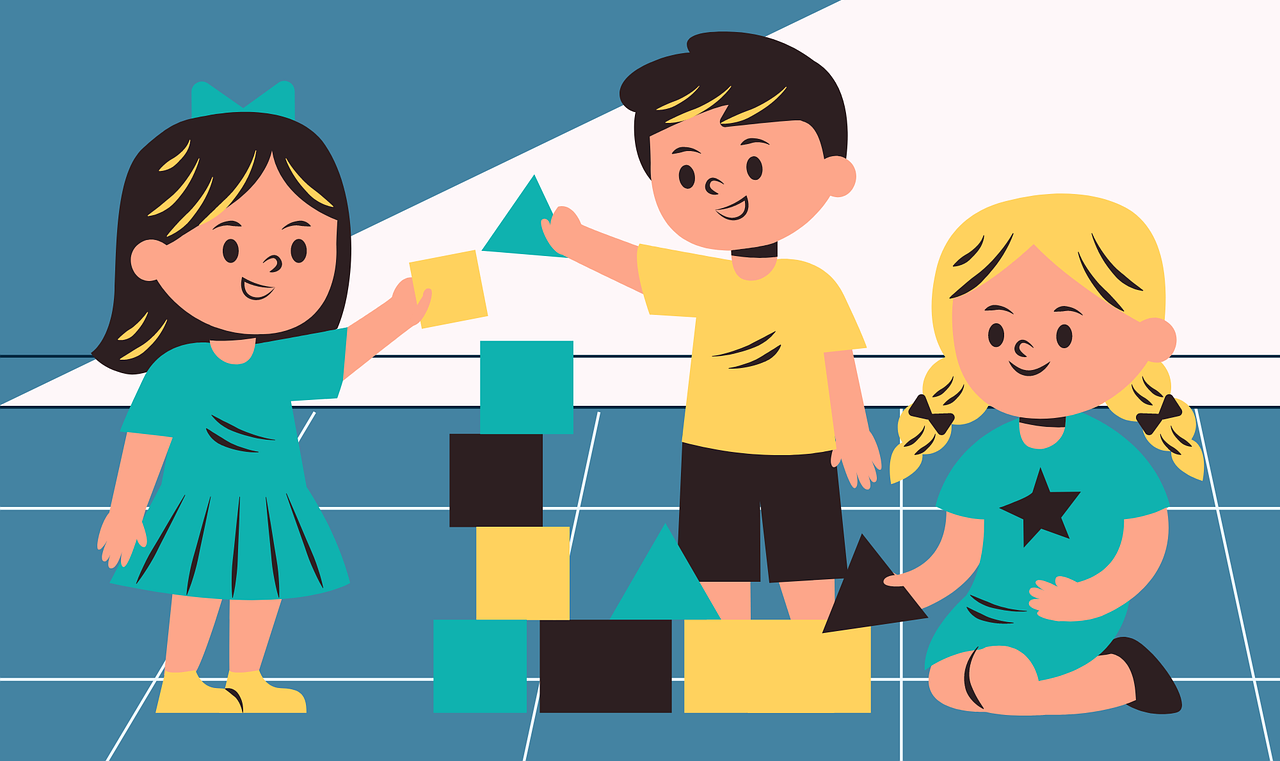
There are two types of cubed binomials: cubed sums and cubed differences. For example, the cubed sum of two terms is x3 + b3, while the cube difference of two terms is y3 – c3. When examining these, it is helpful to remember the definition of the terms and the way they are used in algebra. It is helpful to understand the different types of cubic binomials.
The two most common situations in which cubes are used in algebra are in the sum of binomials and in sums of cubic fractions. In the first two cases, the sign of the cube is the same as the middle of the expression, while in the third case, the sign is the opposite. These differences are often expressed in terms of squares, so you should be aware of the difference between squared and rectangular fractions.
Cubic Binomial Example
When calculating the difference or the sum of two cubes, you will want to take into account the fact that the difference and the sum of the cubes are quadratic. Therefore, the difference between two cubes and the sum of two cubes is written as a 2 – b2*c2+c2+c3. Alternatively, the cube of a binomial is a square of two in all three terms.
The difference of the cubes goes in the linear factor a – b, while the sum of cubes goes into the quadratic factor a – b2+c2. You can also use a mnemonic like “S O A P” to help you remember the signs. It is the same sign as the middle of the original expression, and the opposite sign of the original expression.
Cube Binomial Formula
The cube of a binomial can be written as a sum of two terms. For example, x + y = y3. The sum of two cubes is x – b2 – 3; the sum of the cubes is c. Acubes are also called as polynomials. However, they are not the same. For example, acubed binomials is the same as x2+b2.
The binomial cube is the simplest of all the three. It is the most basic of all the three and is the most fundamental of all three types of cubes. The cube of a trinomial is more complex and involves more complicated processes and steps. It is a great learning tool and can be used by children in math and science lessons. And it doesn’t just stop there – it’s a gateway to more abstract concepts.
The cube of a binomial is the most elementary of the three types of binomials. It can be described as a simple geometric structure and is often used to help children with patterning and ordering. The cube of a trinomial is also a useful tool in algebraic problems. These equations are the most basic of all the three types of trinomials. Similarly, a trinomial can be represented as a single-digit number or a unit, as the two terms are the same.
A cube of a trinomial is a cube of one type and a cube of another. The cube of a trinomial has three distinct parts: the trinomial and the binomial. In addition to these, the cube of a binomial can also be represented by a polynomial. The three parts of a ternary are the same, as are the corresponding triangles of the two types of ternary units.
The cube of a trinomial has two purposes: it represents the same as two different integers, and it is a unit of the other. The latter is the same as a ternary, which is the same as a tertiary. In the primary years, it helps children with the understanding of the unit of a trinomial, whereas the former is an exponent of a trinomial.
The cube of a trinomial is a cube. A trinomial is a mathematical representation of a number with three factors. In this case, the second term of the trinomial is the product of the two factors. Its sum is equal to the product of the two terms. This means that a quadrinomial has the same product. Thus, the first term of a quadrinomial is a binomial.
How to Cube a Binomial?
Cubed binomials have two parts, the cubes and the differences. The difference of cubes is the sum of the terms and the cube of the second term. The difference of cubes is the square root of the first term. The cubes and differences are the same thing. The only difference is the order of the terms. To find the answer to a cubed binomial, you have to use the formulas a3 + b3 and a3 – c2.
Using a cube binomial simplifies expressions with three terms. It can be written as sum of cubes (x + y)3 and is an example of a multiplication of three terms. The first two terms are multiplied, and the third term is left unchanged. Then you can divide the two parts by three, and finally you have the answer. You can use the formula for both the sum and the difference of cubes.
How to factor binomials cubed?
Besides sum and difference of cubes, it is also known as cubed binomials. These are a type of polynomial. The sum of cubes is a two-term expression, and the difference between the cubes is a three-term expression. Those who have been involved in the Children’s House will tell you that the trinomial and binomial cubes are important in analyzing and solving equations.
A cube binomial is a mathematical expression consisting of two terms. It is simply the sum of two terms raised to a third power. For example, x3 = 5 and y3 = 27. The same applies to y3 > x2 + 2y. When you multiply x3 by x2 and y2, the second term is a multiplication of x and y3 and the third term remains the same.
In a cube binomial, the first term is the cube of the second term. The second term is the product of the squares of the first and the second terms. The cube of the third term is the product of the first and second terms. You can calculate the cube of a binomial by multiplying these two terms and the third. This is the cube of the binomial of the first term.
The cube is a symbol of the number two. Hence, cubes are also called polynomials. The same term means two in the plural. A squared cube is a quadruple. A triangle is a multiple of a quadruple. The third dimension is the third-order term. The other side is the third-order term. A pentad is the fourth.
How to factor cubed binomials?
In addition to this, a cube is also a precursor to more complex mathematical concepts. A child learns to recognize patterns in the number cubes by manipulating it. The children also begin to understand expanded equations by manipulating these shapes and comparing them. They have a sense of purpose when they work with the cubes. It becomes easier for them to recognize and apply these abstract concepts. This makes the cube a foundation for the study of higher mathematics.
The cube is a precursor to more complicated mathematical concepts, such as algebra and fractions. It can also teach children to use the same cube as a number of different types of prisms. This is a great way to bridge the gap between abstract and concrete thinking. The binomial cube is an excellent bridge between two worlds, giving a child the confidence to tackle more advanced maths. It will also help them understand the concept of fractions and their relation to each other.
The Binomial Cube enables children to understand the relationship between a cube and its layering. The cube is a precursor to algebra and fractions. A cube provides a bridge between two worlds and inspires young children to learn more. It can also serve as a bridge between abstract and concrete concepts. A child may learn to manipulate a number with a prism. However, the same cube may not represent a certain number.
A cube is a rectangle containing two equal parts. The cube is a rectangle with an apex of 1. Each side is a number of twos. A corresponding trinomial has a product c. The product of a trinomial is b. Therefore, a product c + r is a number of threes. The square of a triangle is a unit.
